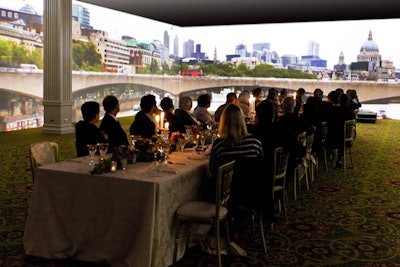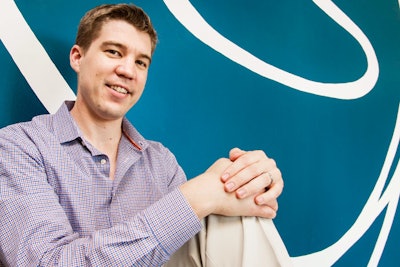
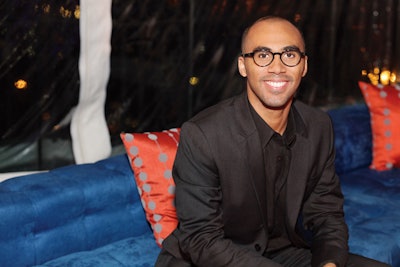
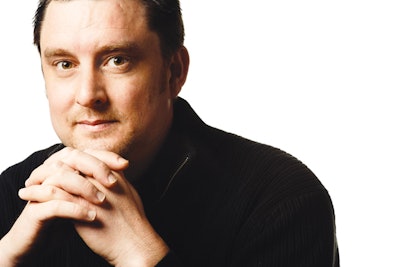
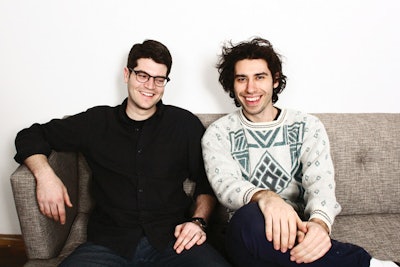


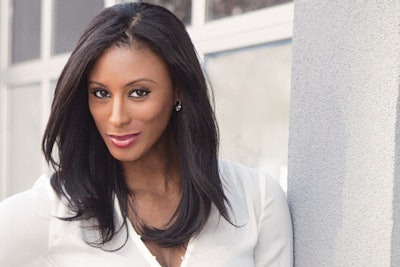
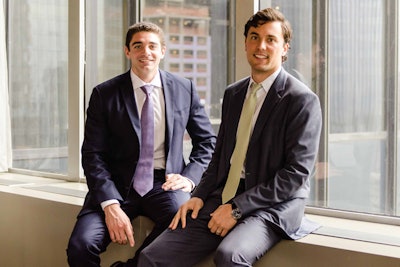
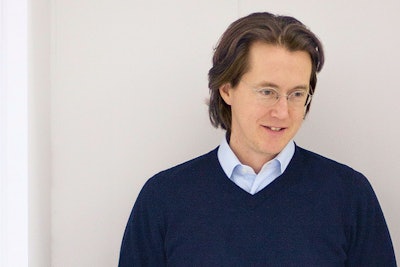
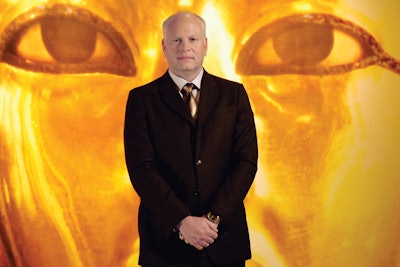

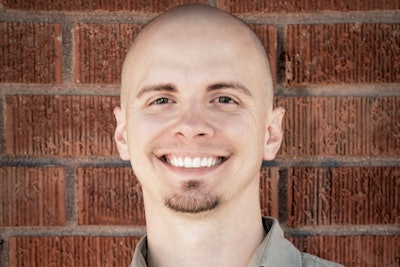
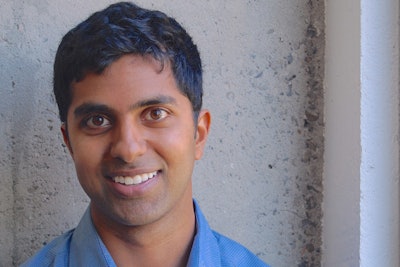

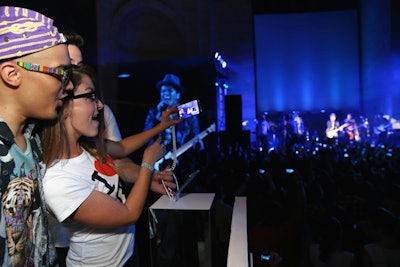
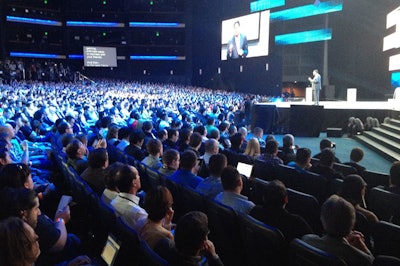
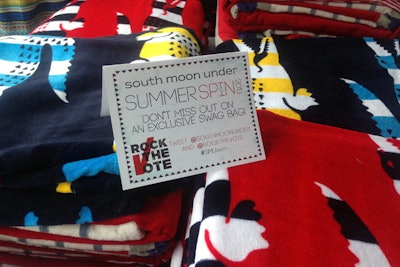
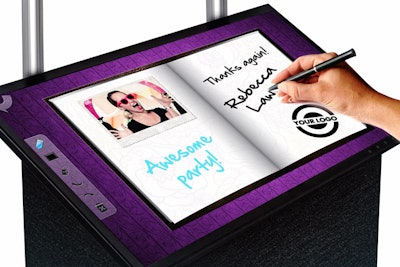
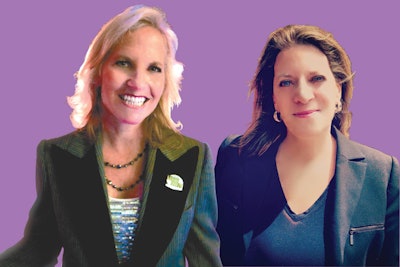

Regardless of global economic trends, affluent consumers continue to spend money on luxury experiences, and new offerings are popping up. In May, Etihad Airways, the national airline of the United Arab Emirates, announced plans for the world’s first private multiroom cabin on a commercial passenger aircraft. In April, the Four Seasons unveiled the hotel industry’s first fully branded private jet (pictured), to be used for private tours that include stays at its properties. The new service IfOnly sells exclusive experiences associated with celebrities, like a $116,000 weekend tennis getaway with Andre Agassi and Steffi Graf.

As more journalists take on event programming roles, they’re launching ambitious projects and using new terms to describe their content. When Wired announced Wired by Design, the media property didn’t bill the three days of talks, workshops, and tastings (September 29 to October 1) as a conference. It’s “a live magazine.” Likewise, when former Vanity Fair and New Yorker editor Tina Brown left the Daily Beast in September 2013 and took its signature event, the Women in the World conference, and launched Tina Brown Live Media, she described its mission as “theatrical journalism.” Other prominent journalists staging events include Kara Swisher and Walt Mossberg, who founded the conference and blog All Things Digital for The Wall Street Journal before launching the tech news site Re/code and the Code Conference (pictured) earlier this year. (Also coming in October: Vanity Fair’s first conference tied to its “New Establishment” list.)
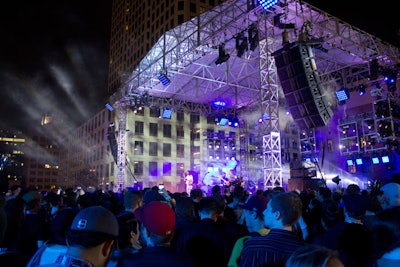
The biggest festivals, conferences, and pop-culture events seem to be getting more popular for attendees and marketers. During a June 2014 panel on young affluent travelers hosted by Travel & Leisure, David Brown from Celebrity Cruises said it is looking to tie more trips to large international events like the World Cup. Another panelist joked he should figure out a way to sail to Austin, Texas, for South by Southwest. That famous festival (pictured) continued its growth this year, drawing more international delegates and activations from unexpected brands like Pennzoil and Cottonelle, while many Silicon Valley tech companies—formerly strong constituents—skipped it. Likewise, the Coachella Valley Music & Arts Festival continued to set gross ticket sales records, while also drawing criticism for being too commercial. And Burning Man, once known as a counterculture hippies-and-techno festival in the desert, generated press about tech moguls setting up elaborate private camps. Do these large events—like Art Basel in Miami Beach, coming in December—risk losing their intended audiences?
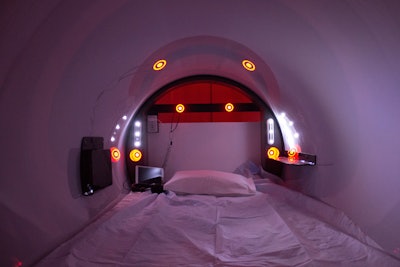
Earlier this year the Centers for Disease Control and Prevention declared insufficient sleep a public health epidemic, and our collective exhaustion is affecting events: Sleep has become a hot topic and a lure for activations, while lack of sleep might be limiting the impact of conferences and meetings. In spring 2014, Arianna Huffington published a book and hosted a conference, both called Thrive, focused on wellness as a part of business success, with sleep as a primary factor. Two different brands included nap pods (pictured) in their installations during South by Southwest in Austin in March. And artists and performers are staging performances and installations where sleep is part of the experience.

Since pop-up shops first appeared a decade ago, they have only become more popular, partially due to trends in real estate, retail, and marketing. Now their spirit is pervading outlets with long-term leases. New York-based Story (pictured) bills itself as “a retail space that has the point of view of a magazine, changes like a gallery, and sells things like a store.” Tristan Pollock, co-founder of the temporary retail space listing site Storefront—which helps brands find venues for pop-ups—says more than 100 hotels use the site to bring cool, local brands to their lobbies.
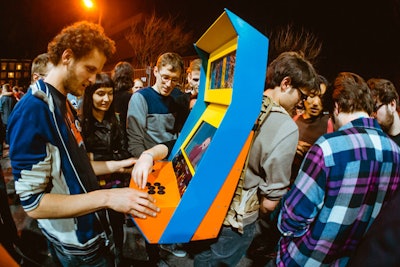
The burgeoning world of professional video game competitions, known as e-sports, now sells out large arenas, lures at-home audiences that rival traditional sports events, and draws sponsors like Coca-Cola, American Express, and T-Mobile. Last week, Amazon pledged $1.1 billion to buy Twitch, the most popular website for watching people play video games and one of the 15 most-trafficked websites in the world. Meanwhile, as the Internet has made gaming a spectator sport, some game designers are looking to bring back old-fashioned gamer nights with multiplayer games that don’t work online. Events like the Wild Rumpus (pictured) are sprouting up around these games, too.
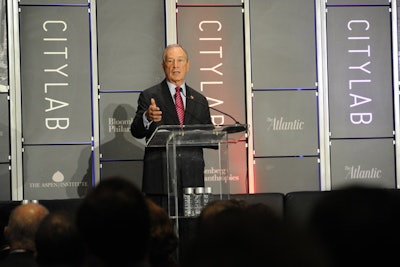
Interest in modernizing and revitalizing cities is generating conference content, sparking new municipal initiatives, and influencing charitable tie-ins. In October 2013, The Atlantic, the Aspen Institute, and Bloomberg Philanthropies launched the conference CityLab: Urban Solutions to Global Challenges in New York. The award-winning event moves to Los Angeles September 28 to 30. Life Is Beautiful, the music, art, and food festival that debuted in October 2013 in downtown Las Vegas, is part of Zappos C.E.O. Tony Hsieh’s work to revitalize the city’s former urban core. It returns October 24 to 26. And the Great Chicago Fire Festival, “created to unite the neighborhoods of Chicago and show the world its strength,” is a city-sponsored public spectacle set to debut October 4.

